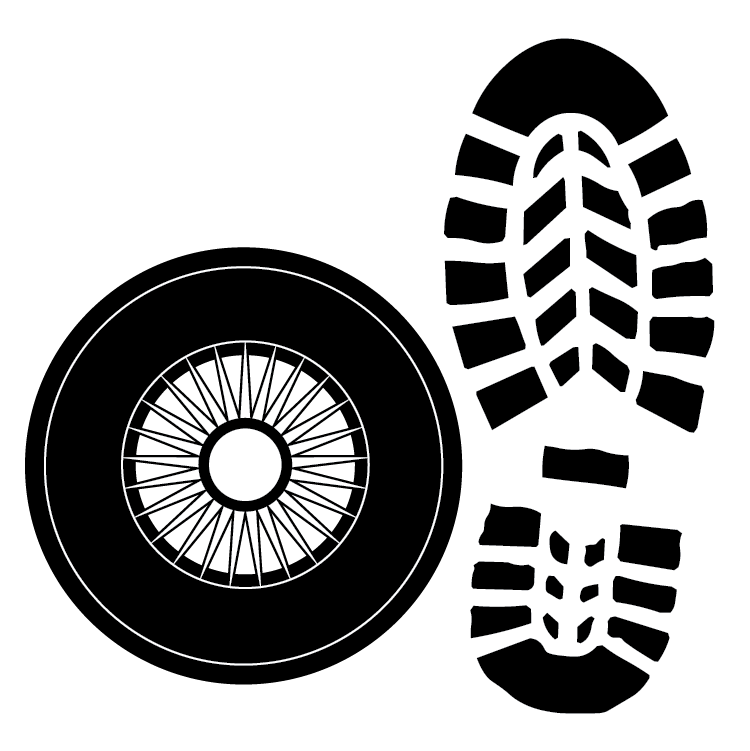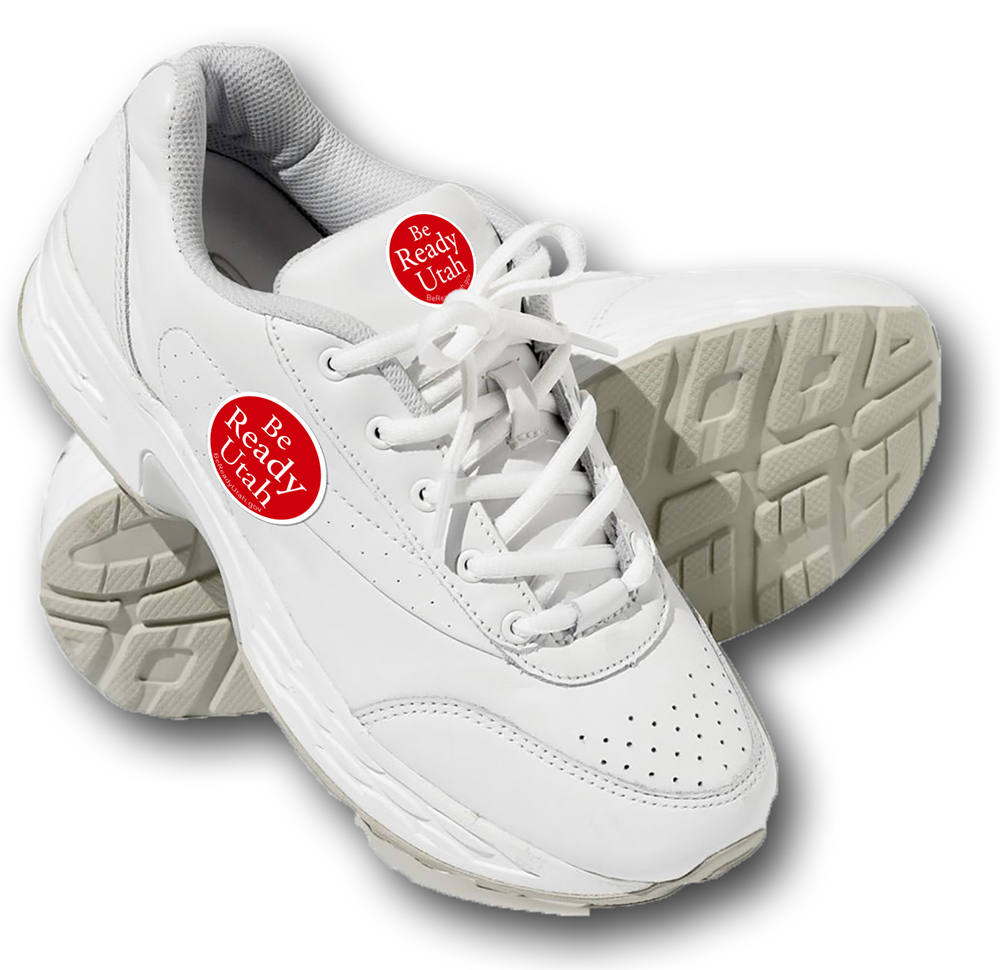
Transportation and Navigation
The Point
Transportation is about getting you, your loved ones, and basic preparedness supplies from Point A to Point B. Point A is anywhere that is not safe and Point B is where you may find safety for a time.
Navigation is knowing where you are, where you are going, and the safest routes to take.
Having emergency evacuation plans with details about where to go and how to get there are important to any preparedness plan. "Be ready" with the plans, knowledge, and tools you need to get you safely from here to there, wherever here and there may be.
Do This
- Make a plan for two areas to evacuate to in an emergency. One outside your home, and another outside your neighborhood.
- Have a comfortable, sturdy pair of shoes with each emergency kit.
- Learn how to use a map and compass.
- Put a compass and maps of your local area in your emergency kits.
- Keep fuel tanks in vehicles at least half full.
- Maintain vehicles with spring and fall tune-ups, and before long road trips.
- Make plans for transportation needs of children, elderly, those with access and functional needs, and pets.
- BONUS: Increase your physical fitness with healthy living and regular exercise.
- BONUS: Include a GPS device in emergency kits and learn how to use it.
Videos
Downloads
In most emergency situations, the best place to be is within the walls of your own home. So, getting home from wherever you are needs to be planned and prepared for in advance. Plus, if your home or your neighborhood is NOT safe and you need to evacuate, your need to have plans and preparations in advance so everyone in your home knows where to go and how to get there.
An important part of the family communication plan is knowing what to do if an emergency happens when family members are not at home. Have two or more predetermined emergency meeting places where your family can reunite if going home is not an option.
Outside Home Emergency Meeting Place: Choose some place that is a safe distance from your home in case of fire, but still within sight of your home. Choose a specific spot — not the park across the street, but a particular park bench, tree, or other permanent landmark. Not the house at the corner, but the south corner of their driveway. Teach young children to stay there until a parent or another trusted adult arrives. Depending on age and ability of the children, you may want to have the meeting place on the same side of the street as your home to avoid having children crossing the street during the chaos of a house fire or other emergency with quickly arriving first responders.
Outside Neighborhood Emergency Meeting Place: It needs to be far enough away to be out of the immediate neighborhood, but close enough that it can be walked to if necessary. Probably around two or three miles. Again, choose a specific location. Aunt Judy’s house or the north side of the church on Main Street.
Disaster Supply Kit Transportation and Navigation
 A sturdy and comfortable pair of shoes is the most important transportation item you can include in your disaster supply kits. Store a good, broken in pair of shoes right next to where you store your emergency kit. Make sure that everyone's shoes fit. If shoes don't fit well, sore feet and blisters soon develop, making walking difficult and painful. Children quickly grow out of their shoes, so be sure to check the fit of their shoes every six months to a year. You may want to consider saving money by buying children's emergency kit shoes at second-hand stores.
A sturdy and comfortable pair of shoes is the most important transportation item you can include in your disaster supply kits. Store a good, broken in pair of shoes right next to where you store your emergency kit. Make sure that everyone's shoes fit. If shoes don't fit well, sore feet and blisters soon develop, making walking difficult and painful. Children quickly grow out of their shoes, so be sure to check the fit of their shoes every six months to a year. You may want to consider saving money by buying children's emergency kit shoes at second-hand stores.
Take a look at the shoes you are wearing right now. Can you comfortably walk in them for three, four, maybe five miles or more? What about the shoes you wear to work? They sure look nice, but can you walk home in them if you need to? Keep an extra pair of comfortable walking shoes at work and in the car. You can change out of your nice ones for the walking ones if you need to in an emergency.
A compass always works, even if your GPS is out of power. There are many different kinds of compasses. These three are the most common. Simple survival compasses just show you the direction of magnetic north and may have a few other degree markings. Baseplate or orienteering compasses are designed to be used with a map and are mounted on a clear plastic plate. Lensatic compasses kind of look like a clam shell and have a sighting wire and sighting lens to orient to distant objects. The important thing is to know how your compass works and that it points to magnetic north, not true north. Learn how to use a compass.
Include a map of your local area in your emergency kits. Mark your travel routes between work and home and between home and your emergency meeting places. Include alternative routes as well. Mark important locations like hospitals, schools, day care, work, and fire and police stations.
The GPS on your phone is nice, but you may not have your phone, or it might not be working. If you can find one, take the maps out of an unused phonebook for your local area. Another option is to print copies of maps from on-line and include those. Here is a highway map of Utah you can print. Download topographical maps of your local area from USGS here. Additionally, you can order printed maps from the Utah Department of Natural Resources website. Be sure to also include copies of local area maps showing individual streets, not just the interstates and highways.
Using a Compass
Click Here

